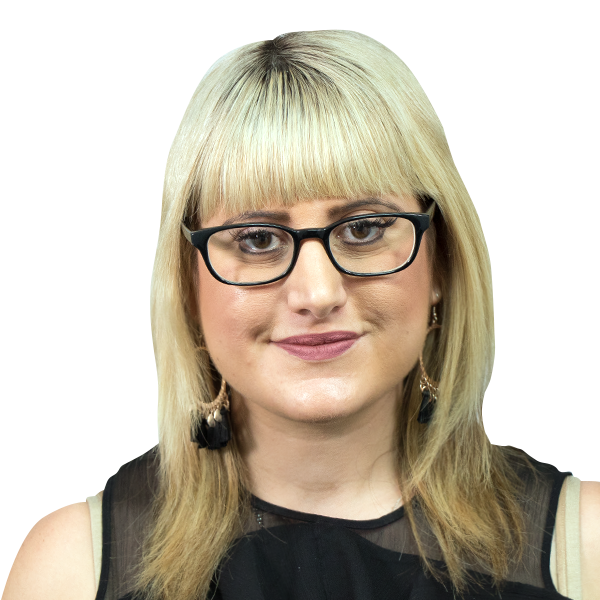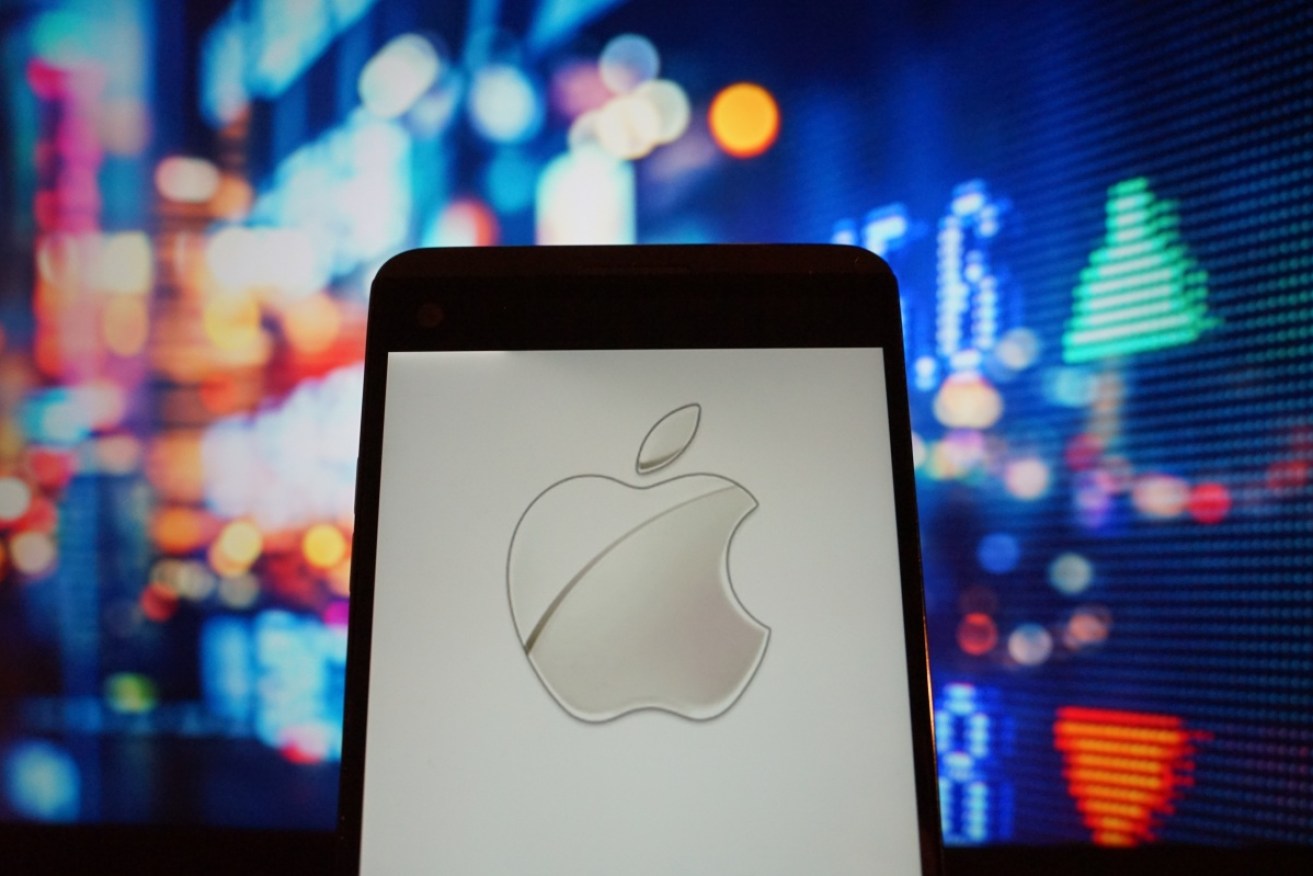How to break free from the chains of Apple’s ecosystem


Escaping Apple's ecosystem is no easy task. Photo: Getty
Owning Apple products and embracing its ecosystem for photo sharing, messaging and health data has proven to streamline everyday tasks.
But with Apple’s latest iPhone models surging to almost $2400, and MacBook Pros starting from $3500, users are turning to cheaper Android phones and Microsoft products to break free from the Apple ecosystem.
Here’s a step-by-step guide to make the transition easier:
Buy non-Apple devices
If you’re looking for a solid substitute to the MacBook, the Microsoft Surface Pro 6 laptop is a good choice. Starting at $1348, you get a decent i5 processor, crisp 13-inch display and a versatile keyboard.
The iMac Pro which starts at $7299 has been king on the market when it comes to its eye-popping 5K retina display, powerful 8-core processor and sleek design.
A cheaper alternative at $3699 is the HP Envy Curved All-In-One with its wide 34-inch curved display and the space of two separate monitors in one contiguous LCD panel. It also has a powerful i7 processor, one terabyte of storage and a wireless charging module.
In terms of competing against Apple’s latest iPhones such as the XS Max, XS and XR models some alternatives include the latest Huawei Mate 20 Pro for $1599 with a 40 megapixel main wide-angle rear camera, 128 gigabytes of internal memory and ultra HD video recording.
Back up all your files from iCloud or iTunes
If you have downloaded files stored in an iCloud Drive, sign into iCloud.com, then open the iCloud Drive app, find and select the file, click the download arrow symbol or choose download document from the action menu. The files then download to your default downloads location.

Huawei Mate 20 series smartphones being compared to Apple’s iPhones. Photo: Getty
If you haven’t been using iCloud and syncing to iTunes on your PC or Mac, open iTunes on your computer, connect the device via USB, once the device is recognised, click on the device icon in iTunes then select the box next to ‘Sync Photos’ and choose the app or folder that you want to sync from. Users can choose to sync all photos, videos and albums or selected ones.
Back up to Google Drive
If you’re switching to Android, the easiest thing to do is to make the switch to Google’s ecosystem.
To do this, download Google Drive to your iOS device and sign in with your Google account, then open the backup wizard, select menu, settings, and backup. Choose the content you wish to back up and select ‘start backup’.
Don’t worry if you have thousands of photos, as Google Photos offers unlimited and free storage for photos taken with cameras using 16 megapixels or less and videos filmed in 1080p.
If your media exceeds those specs, the app will automatically reduce their resolution.
Once you’ve purchased your non-Apple devices, you can then sign in to them on the same Google account that was used to back up your iPhone to sync the data onto your new device.
Contacts and calendar
To ensure you can easily add your Apple contacts to a new device set up Google Calendar with Apple’s to have them synchronise automatically.
To do this, open passwords and accounts, select accounts, then choose Google from the drop-down menu that appears, then follow the instructions to add your Google account information.

The Google ecosystem is an alternative to Apple’s. Photo: Getty
The easiest way to sync contacts is to use a third-party app such as Contacts Sync for Google Gmail, which allows you to easily sync your Gmail and iPhone contacts.
Cancel app subscriptions
It’s crucial to cancel all active subscriptions that you can’t use on an Android device before switching to another ecosystem.
Google Play store does offer Apple Music for Android devices, so it’s easy to access all previous playlists and downloaded music.
To cancel subscriptions go to the iPhone’s settings, tap on your name at the top, then on iTunes and App Store, and select your Apple ID at the top of the screen and click View Apple ID, scroll to subscriptions, then tap cancel subscription.
For movies and audiobooks you’ve purchased directly from iTunes, you can access this content on iTunes for Windows, but you won’t be able to download them onto your new Android device.
For music you’ve downloaded pre-Apple Music, the best way to transfer music is by manually copying your iTunes music files into a temporary folder on your PC, then connect your Android phone to the computer and simply transfer the music files by a copy-paste or drag-and-drop method.
Health data
If you’ve stored all of your health data on an Apple Watch, then you can’t bring that over to an Android device.
But, if you’ve been using a Fitbit or Garmin watch, then that data is accessible from an Android device.
Some alternatives to the Apple Watch with cellular include the Samsung Galaxy Watch with 4G at $649, but if you just want a device that will track your steps, heart rate and fitness goals, the Fitbit Versa at $299 is a good option.
Should you make the switch?
According to Dr Belinda Barnet, media and communications senior lecturer at Swinburne University, even if users escaped the Apple ecosystem, they would be forced to choose another such as Google.
“The options are Google or Apple’s ecosystem and my personal preference is Apple’s because of their strong data privacy and security policies,” Dr Barnet told The New Daily.
“Google makes money from your data, whereas Apple charge more for their products but they don’t on-sell your data like Google do,” she said.








